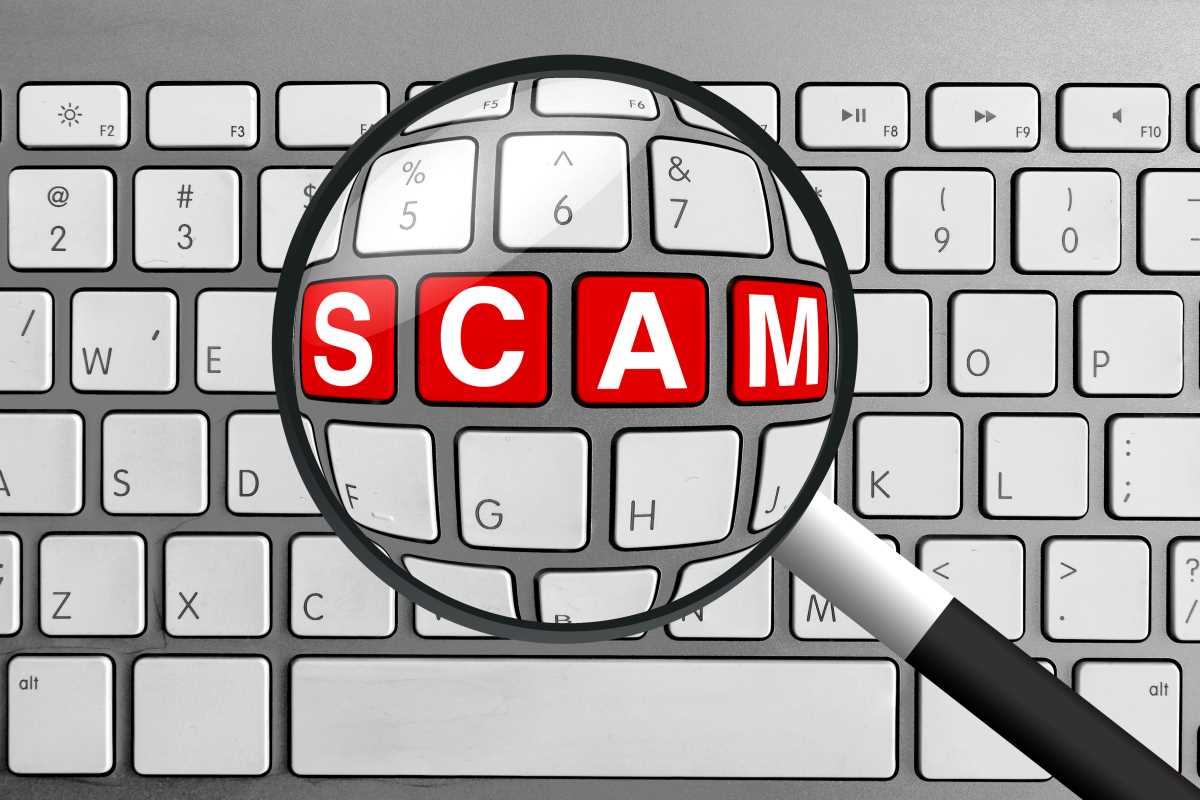Unexpected expenses can hit hard, especially when your budget is already stretched thin. A sudden car repair or a medical bill can feel like it’s uprooting your entire plan. That’s why having an emergency fund is so important. It’s a financial safety net, plain and simple. But if money is already tight, starting one probably feels impossible. The truth? It’s not. With small, realistic steps, you can begin building an emergency fund today, even if every dollar you earn feels like it’s already spoken for. Our guide will show you practical, no-fluff tips on how to make it work, no matter where you are financially.
Start with a Clear Goal
Saving without a specific number in mind makes it harder to stay focused. Experts often suggest aiming for at least $1,000 in your emergency fund as a start. Don’t worry if that feels huge right now. The key is to break it into bite-sized milestones. Start with $100, then aim for $250, and so on. Watching your progress will keep you motivated and help you believe it’s possible.
Track Every Dollar
Knowing exactly where your money is going is the first step to finding small amounts to set aside. Use a free app like Mint or Goodbudget to get a clear picture of your expenses. Write down every expense for a month, no matter how small it is. You might be surprised to find areas where you’re overspending. That $3 energy drink or $10 fast food stop can add up quicker than you think. Once you see your spending, decide what’s essential and what’s not.
Automate Your Savings
Putting money into savings doesn’t need to be a conscious decision every time you get paid. Automating it can make the process easy. Check if your bank allows you to set up automatic transfers from your checking account to a savings account. Even transferring $5 or $10 weekly adds up over time. Treat that automated savings like another bill you have to pay.
Use Cash for Everyday Spending
Switching to cash instead of a card can create awareness around how much you’re spending. Withdraw your weekly budget for groceries, gas, or entertainment in cash and use only that until it’s gone. Any leftover cash at the end of the week goes straight into your emergency fund. It’s a simple trick that helps curb unnecessary swiping while making savings feel more tangible.
Round Up Your Purchases
Certain apps like Acorns or Chime offer “round-up” features. Every time you make a purchase, these apps round up to the nearest dollar and deposit the difference into a savings account. If you buy a coffee for $4.75, the app will round it to $5 and put $0.25 into savings. It’s effortless and grows your emergency fund in the background while you go about your day.
Sell What You Don’t Use
Look around your home. Odds are, you’ve got stuff collecting dust that someone else might pay for. Old electronics, clothes, or even furniture sitting unused can all be sold for cash on platforms like Facebook Marketplace, eBay, or OfferUp. A quick closet cleanout could add $50 or $100 to your savings right away. Just remember to put that money into your emergency fund, not spend it.
Pick Up Odd Gigs
When a higher paycheck seems out of reach, odd jobs can provide extra cash. Platforms like TaskRabbit, Fiverr, or locally posted opportunities can help you snag flexible work that fits into your schedule. Whether you’re handy with tools or great at running errands, odd jobs are a good way to earn without committing to a full second job.
Cut One Small Expense at a Time
Drastically altering how you live isn’t always possible, but making one small cut can be. Pick one subscription or small expense to eliminate. Cancel an underused streaming service or cut back on takeout once a month. Redirect those saved dollars into your emergency fund for an easy boost. Even $5 or $10 a month will count.
Reward Yourself for Milestones
Saving money can feel tedious, so celebrate your wins to keep the motivation going. Once you’ve hit your first mini-milestone, like $100 or $500 saved, treat yourself, but stick to something budget-friendly. Maybe it’s a DIY spa night or binge-watching your favorite show. A reward reminds you that the hard work is paying off.
Make It a Family Affair
If you’re living with a partner or kids, building an emergency fund should be a team effort. Together, decide how much you’ll contribute and brainstorm ways to save. Make saving a fun challenge to involve everyone. Set a “leftovers-only” dinner rule for one week each month and calculate how much you save by skipping takeout.
Redirect Windfalls Into Savings
Unexpected money like tax refunds, cash gifts, or overtime pay can feel like a chance to splurge, but these windfalls are perfect opportunities to give your emergency fund a big boost. Try setting aside at least half (or more) of any bonus money you get. It’s not money you were counting on, so putting it into savings won’t disrupt your usual cash flow.
Avoid Common Pitfalls
It’s easy to dip into your emergency fund for non-emergency situations, like a sale on something you want. To keep yourself on track, set up a separate savings account specifically for the fund. Make sure it’s not linked to your primary checking account, so it’s less tempting to dip into. Your emergency fund should only be used for unexpected, urgent needs like a doctor’s bill or a broken appliance.
 (Image via
(Image via
.jpg)




